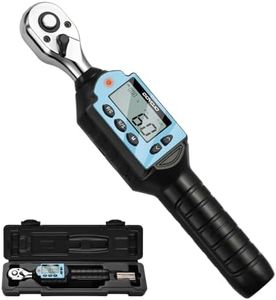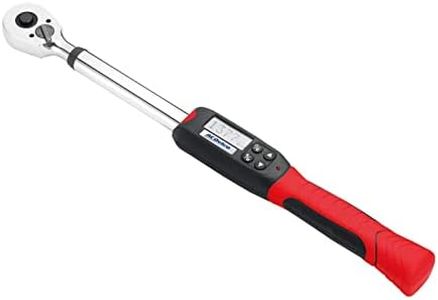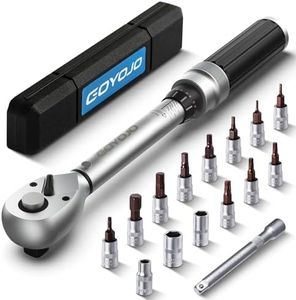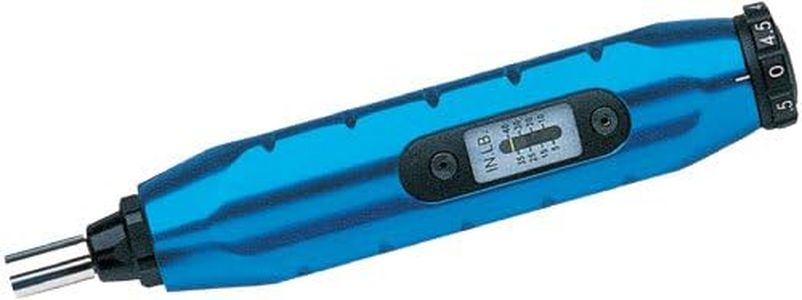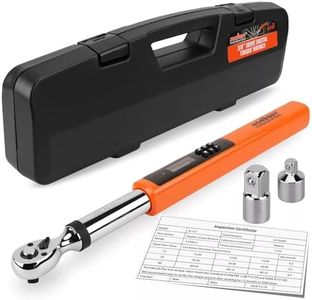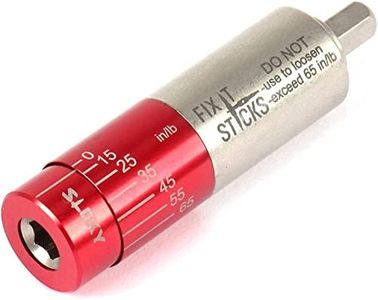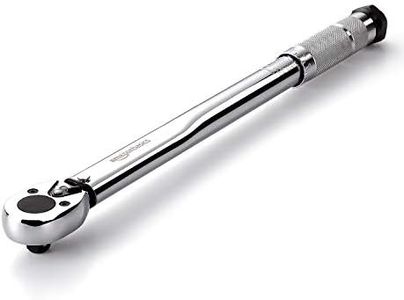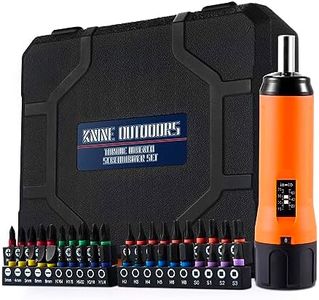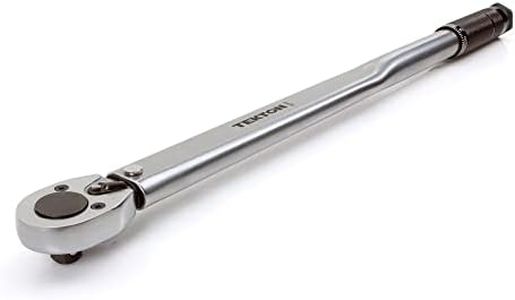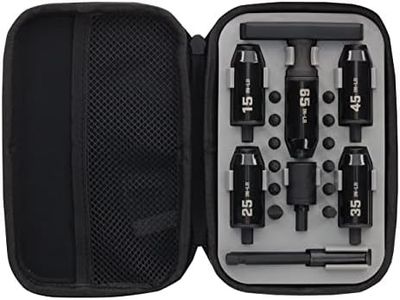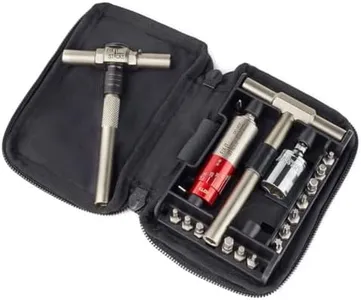We Use CookiesWe use cookies to enhance the security, performance,
functionality and for analytical and promotional activities. By continuing to browse this site you
are agreeing to our privacy policy
10 Best Torque Wrench For Scope Mounting
From leading brands and best sellers available on the web.Buying Guide for the Best Torque Wrench For Scope Mounting
Choosing the right torque wrench for scope mounting is essential if you want to ensure your rifle scope is attached securely and with the correct amount of force. Over-tightening can damage your scope or rifle, while under-tightening can mean your scope loses zero or moves during recoil. To make an informed purchase, you'll want to focus on a few key specifications that make your scope mounting both safe and accurate.Torque Range (inch-pounds)Torque range tells you how much force the wrench can apply, and is typically measured in inch-pounds for scope mounting. This is crucial because most scope rings and mounts require precise torque specifications, usually between 10 and 30 inch-pounds. When shopping, choose a wrench with a torque range that comfortably covers the values recommended by your scope and mount manufacturers. For occasional or single-type setups, a smaller range suffices, but if you mount scopes on different rifles or accessories, a wider range is more versatile.
Adjustment MethodThe adjustment method refers to how you set the desired torque. Some wrenches use a manual dial or knob, while others have preset values. Manual, adjustable wrenches are more flexible if you work with various hardware types, letting you precisely match manufacturer requirements. Preset models are simpler and quicker if you always use the same torque setting. Choose the method that aligns with your scope mounting habits—adjustable for versatility, preset for simplicity.
AccuracyAccuracy indicates how closely the wrench delivers the torque you set. It is typically expressed as a percentage, such as ±4%. Higher accuracy is essential for delicate optics and expensive equipment to avoid under- or over-tightening. Most basic torque wrenches will do a good job if you're careful, but for high-end or repeated work, select one that guarantees greater accuracy. Match your need for precision to how valuable or sensitive your gear is.
Drive Size (Bit Compatibility)Drive size tells you which bits the wrench will fit—common ones are 1/4" or smaller for scope mounting. This matters because it determines what screws and fasteners you can work with. Make sure your torque wrench fits the bits required for your scope rings and bases. If you have a mix of gear, or plan to work on different accessories, a wrench with interchangeable bits or a comprehensive kit is a smart choice.
Click/Indicator FeatureThe click or indicator feature lets you know when you have reached the set torque—some wrenches click, others have visual markers or even beep. This feedback helps avoid overtightening. If you’re new to using torque wrenches or want extra assurance, look for clear, tactile, or audible indicators. Experienced users may rely on feel, but beginners should choose wrenches with distinct notifications.
Build Quality and ErgonomicsThis includes how sturdy and comfortable the wrench feels. Scope mounting can require delicate work, so a handle that feels good in your hand and a solid build are important for control and durability. Choose a wrench with a non-slip grip and a robust design, especially if you plan to use it frequently. For infrequent use, comfort may be less critical, but reliability is always important for protecting your gear.

